Didier Schwab
Reassessing Graph Linearization for Sequence-to-sequence AMR Parsing: On the Advantages and Limitations of Triple-Based Encoding
May 13, 2025Abstract:Sequence-to-sequence models are widely used to train Abstract Meaning Representation (Banarescu et al., 2013, AMR) parsers. To train such models, AMR graphs have to be linearized into a one-line text format. While Penman encoding is typically used for this purpose, we argue that it has limitations: (1) for deep graphs, some closely related nodes are located far apart in the linearized text (2) Penman's tree-based encoding necessitates inverse roles to handle node re-entrancy, doubling the number of relation types to predict. To address these issues, we propose a triple-based linearization method and compare its efficiency with Penman linearization. Although triples are well suited to represent a graph, our results suggest room for improvement in triple encoding to better compete with Penman's concise and explicit representation of a nested graph structure.
Should Cross-Lingual AMR Parsing go Meta? An Empirical Assessment of Meta-Learning and Joint Learning AMR Parsing
Oct 04, 2024Abstract:Cross-lingual AMR parsing is the task of predicting AMR graphs in a target language when training data is available only in a source language. Due to the small size of AMR training data and evaluation data, cross-lingual AMR parsing has only been explored in a small set of languages such as English, Spanish, German, Chinese, and Italian. Taking inspiration from Langedijk et al. (2022), who apply meta-learning to tackle cross-lingual syntactic parsing, we investigate the use of meta-learning for cross-lingual AMR parsing. We evaluate our models in $k$-shot scenarios (including 0-shot) and assess their effectiveness in Croatian, Farsi, Korean, Chinese, and French. Notably, Korean and Croatian test sets are developed as part of our work, based on the existing The Little Prince English AMR corpus, and made publicly available. We empirically study our method by comparing it to classical joint learning. Our findings suggest that while the meta-learning model performs slightly better in 0-shot evaluation for certain languages, the performance gain is minimal or absent when $k$ is higher than 0.
LeBenchmark 2.0: a Standardized, Replicable and Enhanced Framework for Self-supervised Representations of French Speech
Sep 11, 2023Abstract:Self-supervised learning (SSL) is at the origin of unprecedented improvements in many different domains including computer vision and natural language processing. Speech processing drastically benefitted from SSL as most of the current domain-related tasks are now being approached with pre-trained models. This work introduces LeBenchmark 2.0 an open-source framework for assessing and building SSL-equipped French speech technologies. It includes documented, large-scale and heterogeneous corpora with up to 14,000 hours of heterogeneous speech, ten pre-trained SSL wav2vec 2.0 models containing from 26 million to one billion learnable parameters shared with the community, and an evaluation protocol made of six downstream tasks to complement existing benchmarks. LeBenchmark 2.0 also presents unique perspectives on pre-trained SSL models for speech with the investigation of frozen versus fine-tuned downstream models, task-agnostic versus task-specific pre-trained models as well as a discussion on the carbon footprint of large-scale model training.
UMLS-KGI-BERT: Data-Centric Knowledge Integration in Transformers for Biomedical Entity Recognition
Jul 20, 2023Abstract:Pre-trained transformer language models (LMs) have in recent years become the dominant paradigm in applied NLP. These models have achieved state-of-the-art performance on tasks such as information extraction, question answering, sentiment analysis, document classification and many others. In the biomedical domain, significant progress has been made in adapting this paradigm to NLP tasks that require the integration of domain-specific knowledge as well as statistical modelling of language. In particular, research in this area has focused on the question of how best to construct LMs that take into account not only the patterns of token distribution in medical text, but also the wealth of structured information contained in terminology resources such as the UMLS. This work contributes a data-centric paradigm for enriching the language representations of biomedical transformer-encoder LMs by extracting text sequences from the UMLS. This allows for graph-based learning objectives to be combined with masked-language pre-training. Preliminary results from experiments in the extension of pre-trained LMs as well as training from scratch show that this framework improves downstream performance on multiple biomedical and clinical Named Entity Recognition (NER) tasks.
Pre-training for Speech Translation: CTC Meets Optimal Transport
Jan 27, 2023Abstract:The gap between speech and text modalities is a major challenge in speech-to-text translation (ST). Different methods have been proposed for reducing this gap, but most of them require architectural changes in ST training. In this work, we propose to mitigate this issue at the pre-training stage, requiring no change in the ST model. First, we show that the connectionist temporal classification (CTC) loss can reduce the modality gap by design. We provide a quantitative comparison with the more common cross-entropy loss, showing that pre-training with CTC consistently achieves better final ST accuracy. Nevertheless, CTC is only a partial solution and thus, in our second contribution, we propose a novel pre-training method combining CTC and optimal transport to further reduce this gap. Our method pre-trains a Siamese-like model composed of two encoders, one for acoustic inputs and the other for textual inputs, such that they produce representations that are close to each other in the Wasserstein space. Extensive experiments on the standard CoVoST-2 and MuST-C datasets show that our pre-training method applied to the vanilla encoder-decoder Transformer achieves state-of-the-art performance under the no-external-data setting, and performs on par with recent strong multi-task learning systems trained with external data. Finally, our method can also be applied on top of these multi-task systems, leading to further improvements for these models.
Effect Of Personalized Calibration On Gaze Estimation Using Deep-Learning
Sep 27, 2021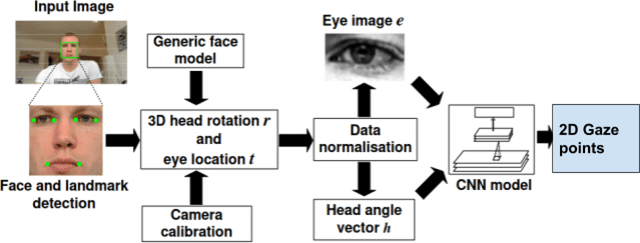
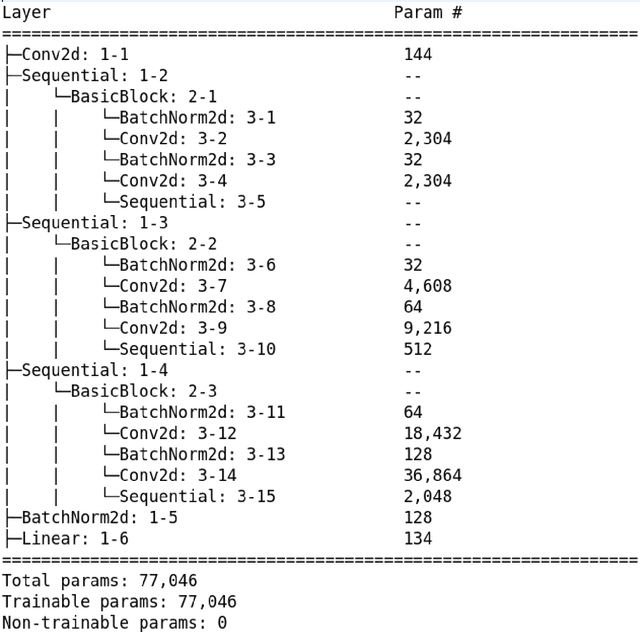
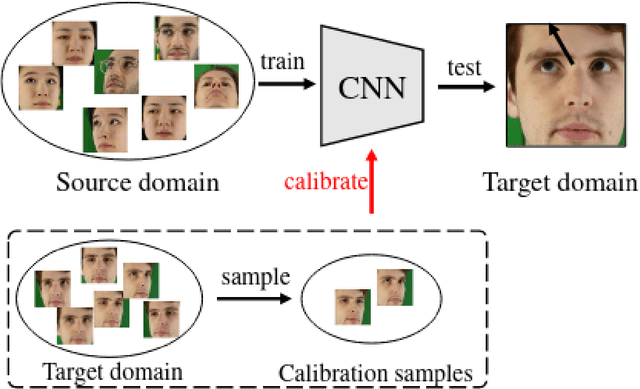
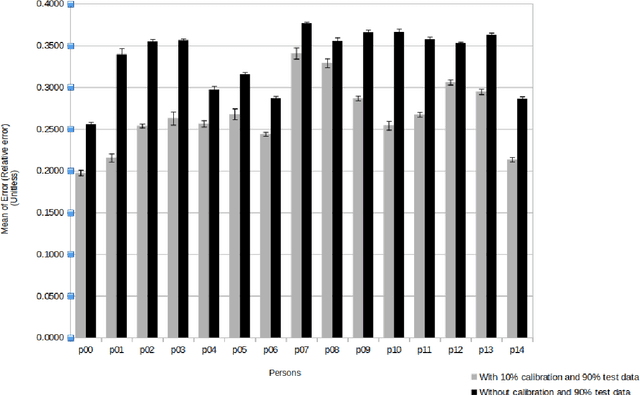
Abstract:With the increase in computation power and the development of new state-of-the-art deep learning algorithms, appearance-based gaze estimation is becoming more and more popular. It is believed to work well with curated laboratory data sets, however it faces several challenges when deployed in real world scenario. One such challenge is to estimate the gaze of a person about which the Deep Learning model trained for gaze estimation has no knowledge about. To analyse the performance in such scenarios we have tried to simulate a calibration mechanism. In this work we use the MPIIGaze data set. We trained a multi modal convolutional neural network and analysed its performance with and without calibration and this evaluation provides clear insights on how calibration improved the performance of the Deep Learning model in estimating gaze in the wild.
Lightweight Adapter Tuning for Multilingual Speech Translation
Jun 02, 2021



Abstract:Adapter modules were recently introduced as an efficient alternative to fine-tuning in NLP. Adapter tuning consists in freezing pretrained parameters of a model and injecting lightweight modules between layers, resulting in the addition of only a small number of task-specific trainable parameters. While adapter tuning was investigated for multilingual neural machine translation, this paper proposes a comprehensive analysis of adapters for multilingual speech translation (ST). Starting from different pre-trained models (a multilingual ST trained on parallel data or a multilingual BART (mBART) trained on non-parallel multilingual data), we show that adapters can be used to: (a) efficiently specialize ST to specific language pairs with a low extra cost in terms of parameters, and (b) transfer from an automatic speech recognition (ASR) task and an mBART pre-trained model to a multilingual ST task. Experiments show that adapter tuning offer competitive results to full fine-tuning, while being much more parameter-efficient.
Do Multilingual Neural Machine Translation Models Contain Language Pair Specific Attention Heads?
May 31, 2021


Abstract:Recent studies on the analysis of the multilingual representations focus on identifying whether there is an emergence of language-independent representations, or whether a multilingual model partitions its weights among different languages. While most of such work has been conducted in a "black-box" manner, this paper aims to analyze individual components of a multilingual neural translation (NMT) model. In particular, we look at the encoder self-attention and encoder-decoder attention heads (in a many-to-one NMT model) that are more specific to the translation of a certain language pair than others by (1) employing metrics that quantify some aspects of the attention weights such as "variance" or "confidence", and (2) systematically ranking the importance of attention heads with respect to translation quality. Experimental results show that surprisingly, the set of most important attention heads are very similar across the language pairs and that it is possible to remove nearly one-third of the less important heads without hurting the translation quality greatly.
LeBenchmark: A Reproducible Framework for Assessing Self-Supervised Representation Learning from Speech
Apr 23, 2021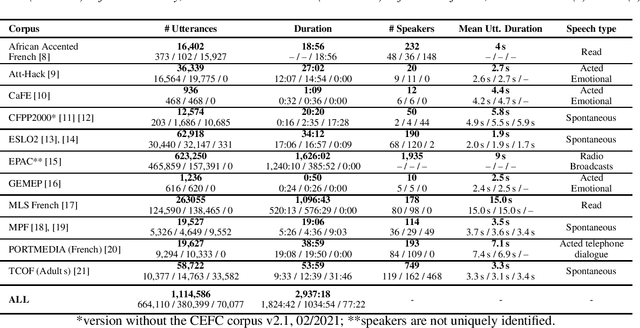
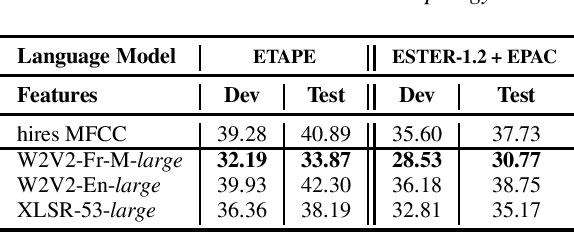
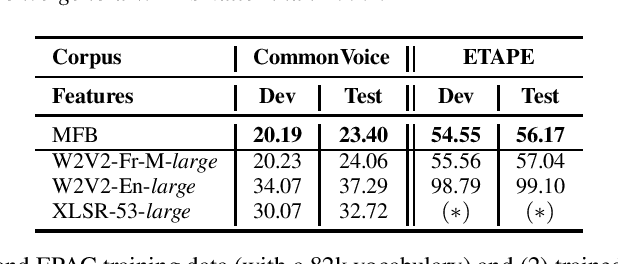
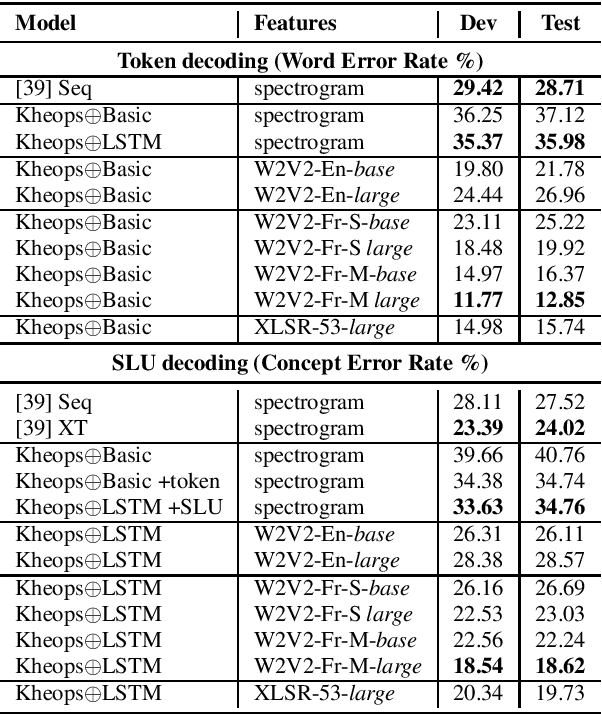
Abstract:Self-Supervised Learning (SSL) using huge unlabeled data has been successfully explored for image and natural language processing. Recent works also investigated SSL from speech. They were notably successful to improve performance on downstream tasks such as automatic speech recognition (ASR). While these works suggest it is possible to reduce dependence on labeled data for building efficient speech systems, their evaluation was mostly made on ASR and using multiple and heterogeneous experimental settings (most of them for English). This renders difficult the objective comparison between SSL approaches and the evaluation of their impact on building speech systems. In this paper, we propose LeBenchmark: a reproducible framework for assessing SSL from speech. It not only includes ASR (high and low resource) tasks but also spoken language understanding, speech translation and emotion recognition. We also target speech technologies in a language different than English: French. SSL models of different sizes are trained from carefully sourced and documented datasets. Experiments show that SSL is beneficial for most but not all tasks which confirms the need for exhaustive and reliable benchmarks to evaluate its real impact. LeBenchmark is shared with the scientific community for reproducible research in SSL from speech.
Dual-decoder Transformer for Joint Automatic Speech Recognition and Multilingual Speech Translation
Nov 02, 2020



Abstract:We introduce dual-decoder Transformer, a new model architecture that jointly performs automatic speech recognition (ASR) and multilingual speech translation (ST). Our models are based on the original Transformer architecture (Vaswani et al., 2017) but consist of two decoders, each responsible for one task (ASR or ST). Our major contribution lies in how these decoders interact with each other: one decoder can attend to different information sources from the other via a dual-attention mechanism. We propose two variants of these architectures corresponding to two different levels of dependencies between the decoders, called the parallel and cross dual-decoder Transformers, respectively. Extensive experiments on the MuST-C dataset show that our models outperform the previously-reported highest translation performance in the multilingual settings, and outperform as well bilingual one-to-one results. Furthermore, our parallel models demonstrate no trade-off between ASR and ST compared to the vanilla multi-task architecture. Our code and pre-trained models are available at https://github.com/formiel/speech-translation.
* Accepted at COLING 2020 (Oral)
 Add to Chrome
Add to Chrome Add to Firefox
Add to Firefox Add to Edge
Add to Edge